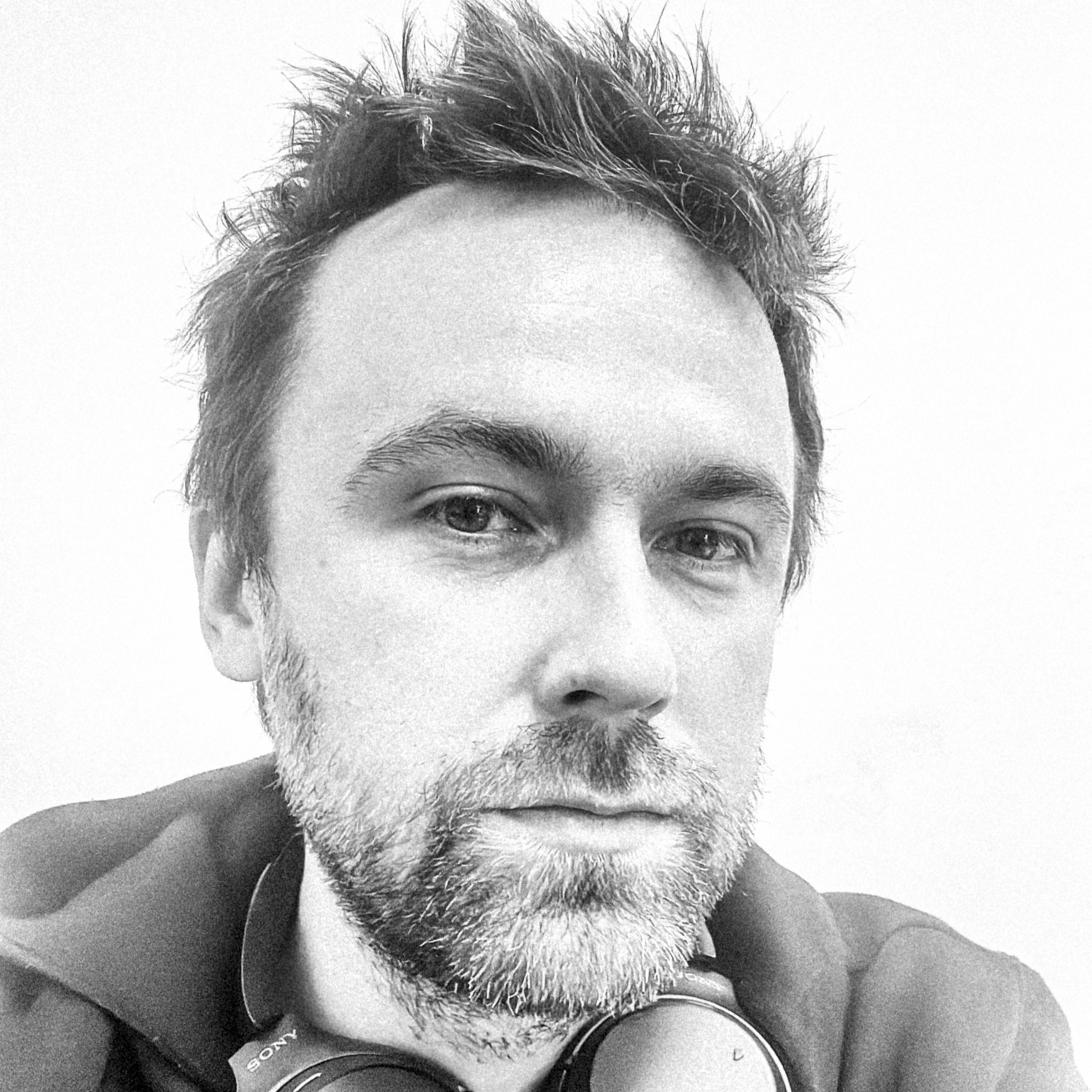Your work spans 15 years, from 2010 to 2025, weaving together negatives and polaroids. How has your relationship with analog photography evolved throughout this period?
From the very beginning, photography has been a very personal and intimate process for me. I choose photography quite by intuition, perhaps because it is a medium that brings you close to life and people. Over time, I’ve realized that I dedicated myself to photography because it communicates on intervals of time different from our senses. My work has become a meditation on memory, time, and emotions. Technically, I use a variety of photographic methods: analog photography, Polaroids, and sometimes even mobile photography and digital cameras. I believe that tools should adapt to the situation, not the other way around.
The series explores the tension between memory, narration, and experience. How do you decide what to capture — and what to leave “untold”?
I see photography as personal encounters with people and places I meet along the way. It has become my way of everyday life, a kind of projection of the inside out. Photography, in its documentary space, relies on sight but also speaks through the superior sense of touch. I’m interested in the experience during the photographic process and afterwards—embedded on the other shore—related to time and memory. My aim was to create a bridge between the act of storytelling and experience—to suspend time and bring back the certain aura I feel watching unedited materials. The book includes personal notes that serve as letters and context for important moments, an Ariadne’s thread through the labyrinth.
If you could embark on your dream project — with no constraints on time, resources, or location — what would it be?
In recent years, Iceland has become my second home—I now live between Reykjavík and Poland. Many photographs in ‘Solid Maze’ were taken there. I’ve captured natural formations that resemble human-like faces—remnants of snow shaped into portraits or waterfalls that appear like skulls and bones. If I were to dream, it would be to continue this deep, almost spiritual connection with landscapes that speak through time and form, perhaps expanding into even more immersive, large-scale installations or publications that merge text, image, and object in new ways.
The images carry a dreamlike, poetic quality. Do you see your work more as a visual diary, a philosophical exploration, or something in between?
This book is similar to a visual diary. The process of creating it was deeply personal, almost meditative. But it is also a philosophical exploration. I was deeply struck by Confucius’ words: ‘We have two lives. And the second begins when we realize we have only one.’ This book is about time—its absolute and continuous nature—but also about the dimensions of time: how we perceive its ‘width’ and ‘height,’ not just its ‘length.’ It is also a book about love—the kind that exists regardless of circumstances or presence.
Looking back on this long-term body of work, what do you feel it reveals about the passage of time — both personally and universally?
Time felt to me like a place, a house in constant renovation and expansion. Both time and memory seemed vivid, like new rooms that opened or were discovered. They had delicate structures and became my personal maze. This book divides my artistic journey into what came before and what will come after. It marks a turning point where the limitless perspective of youth gives way to the realization that what has happened may be the only story. Universally, it speaks to how photography can communicate across time—how emotion and memory persist beyond the moment.

